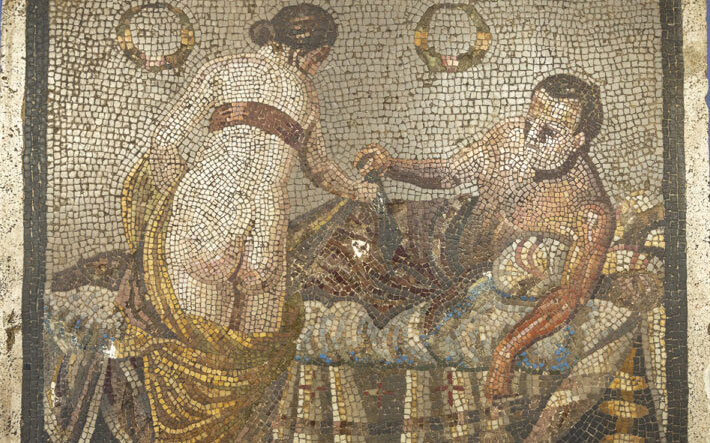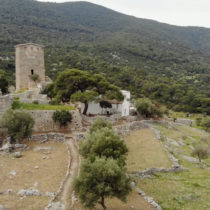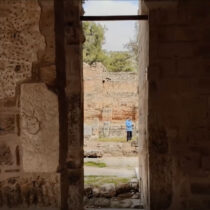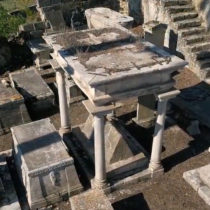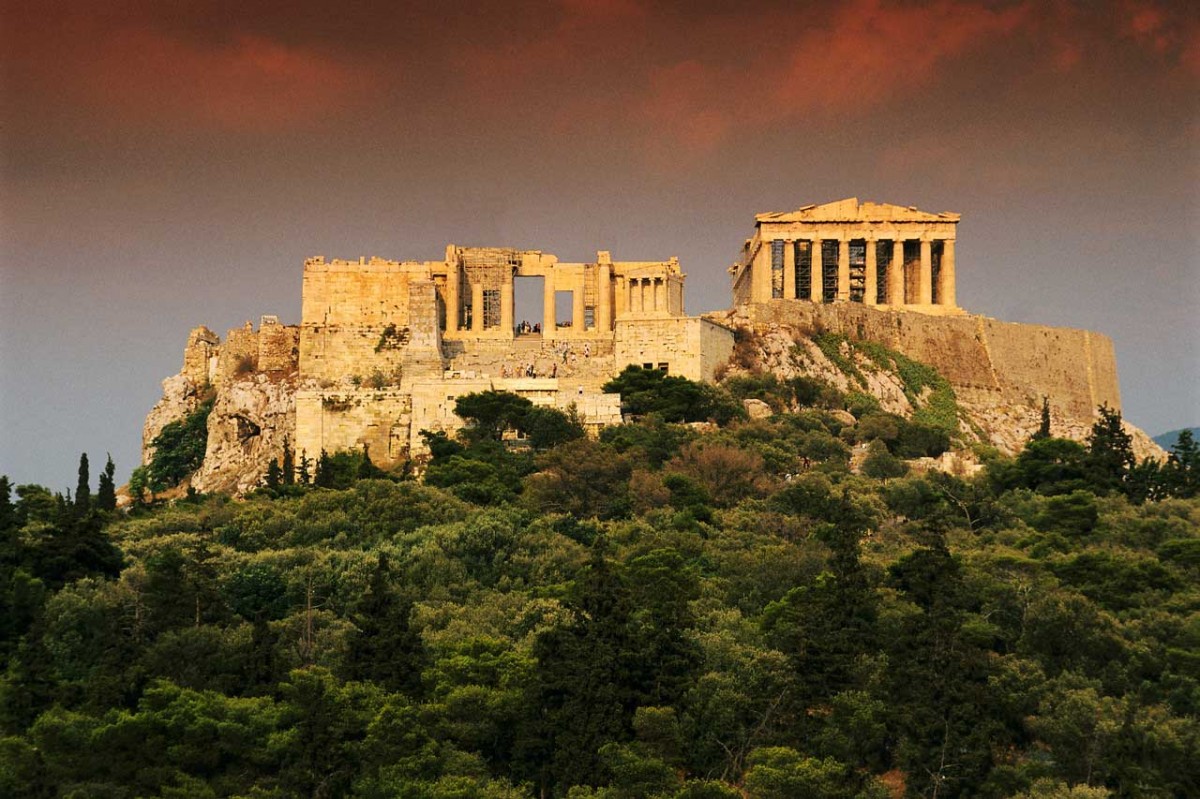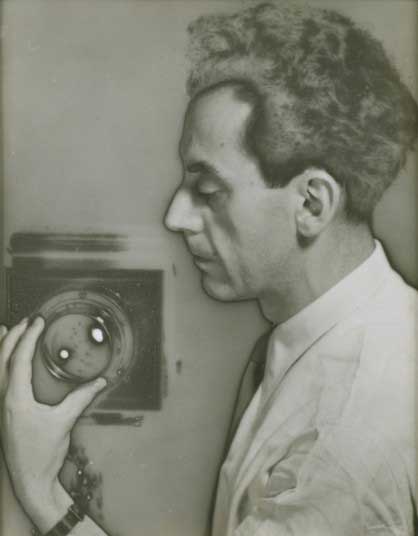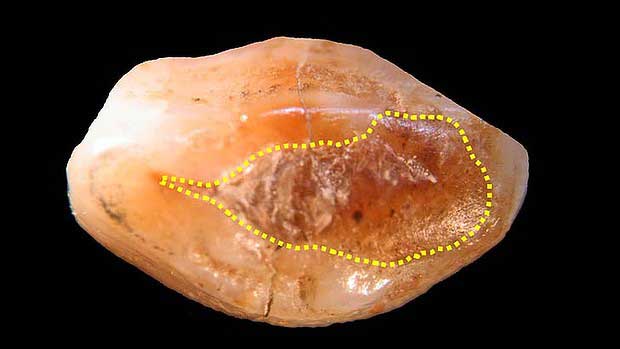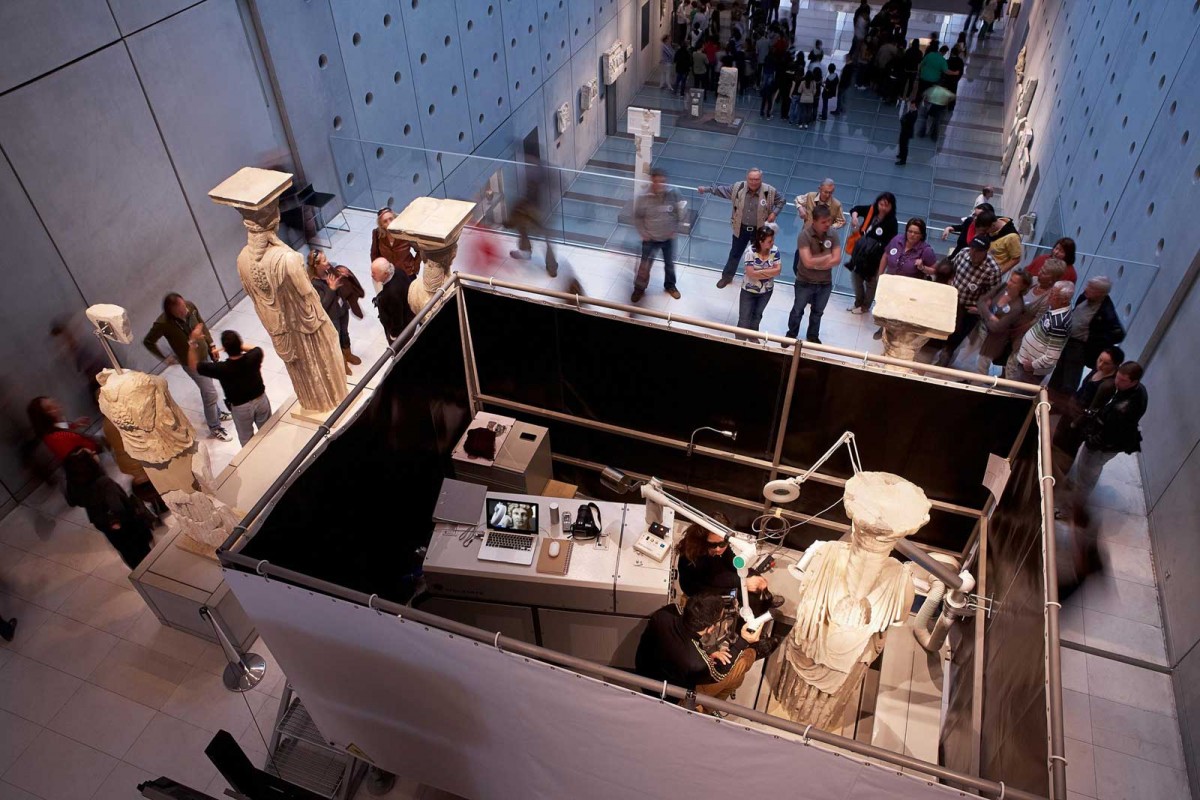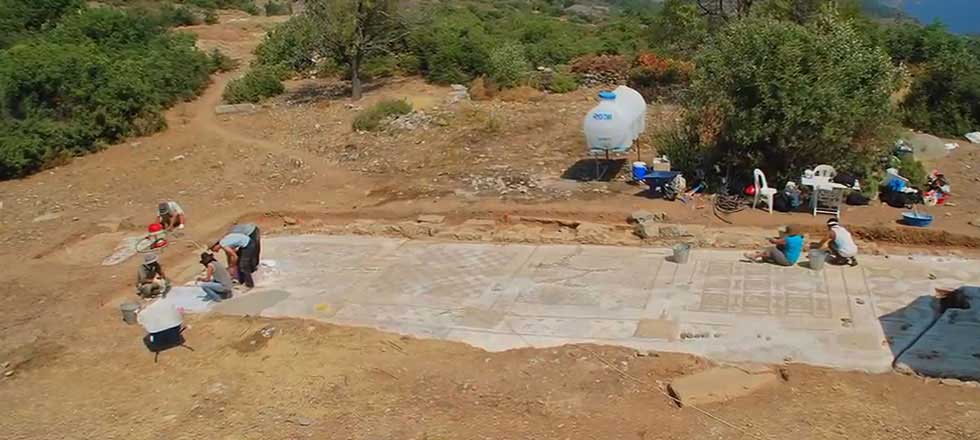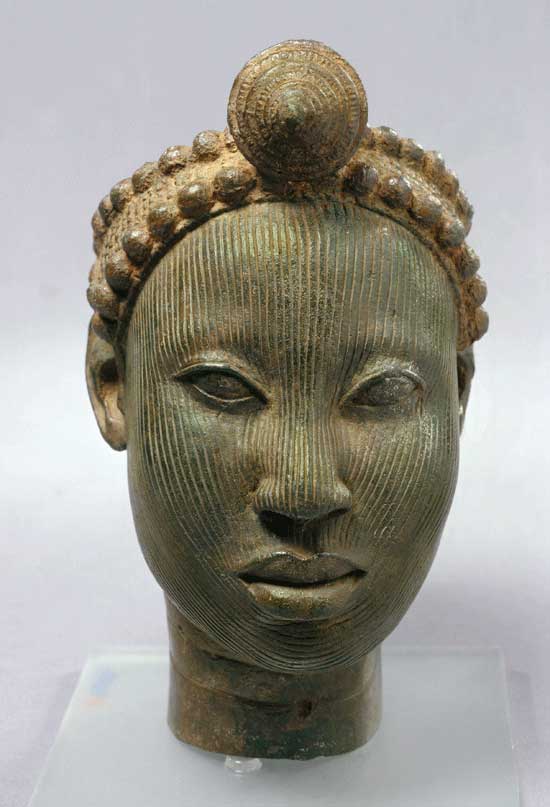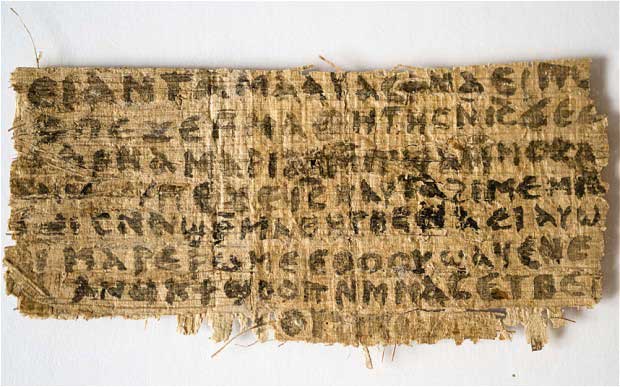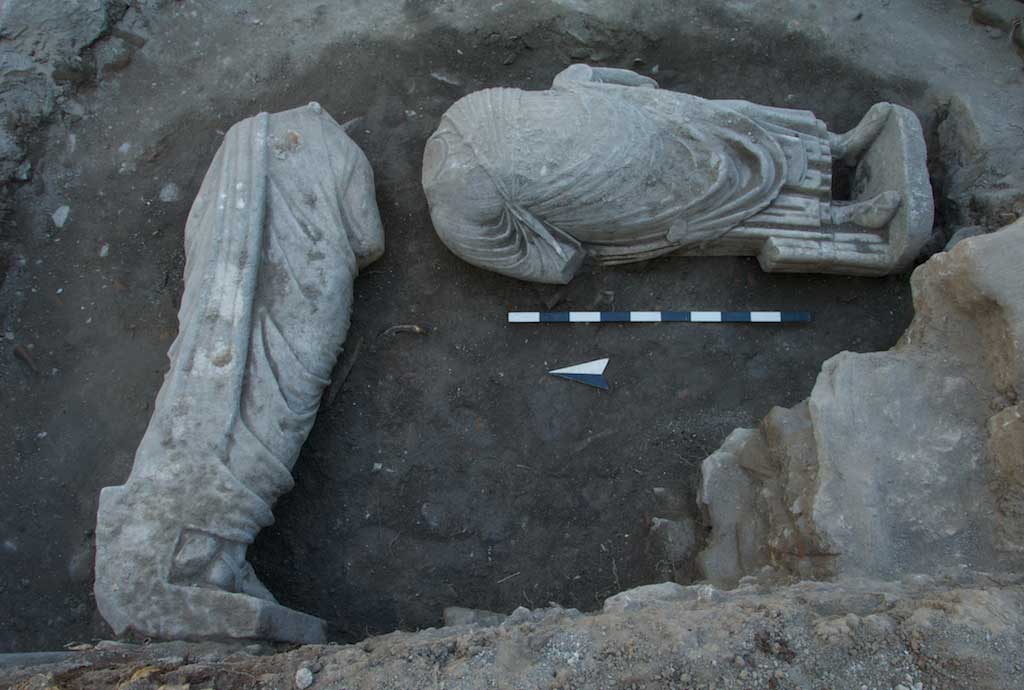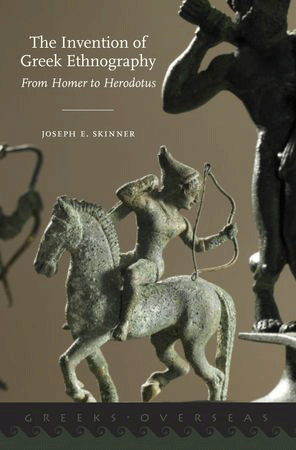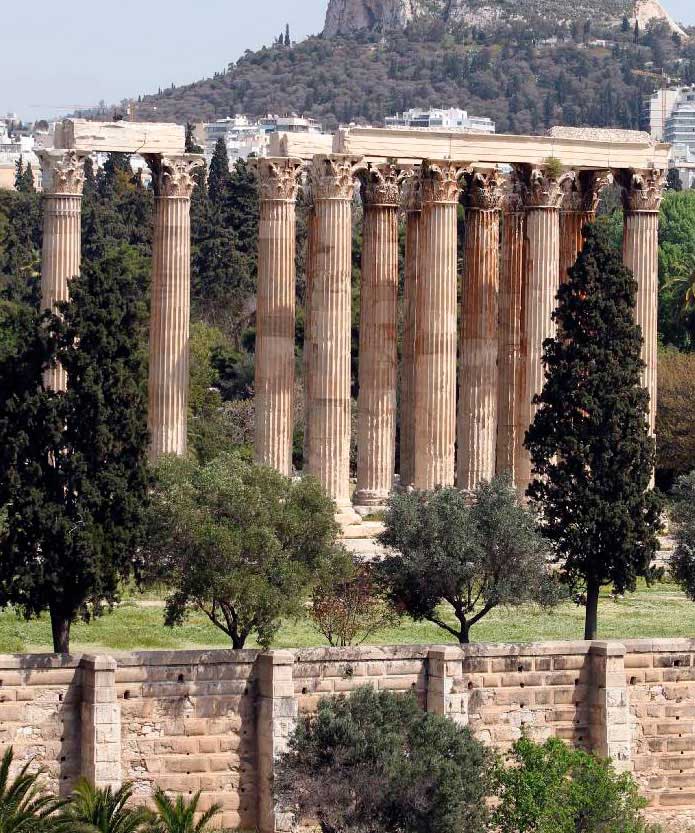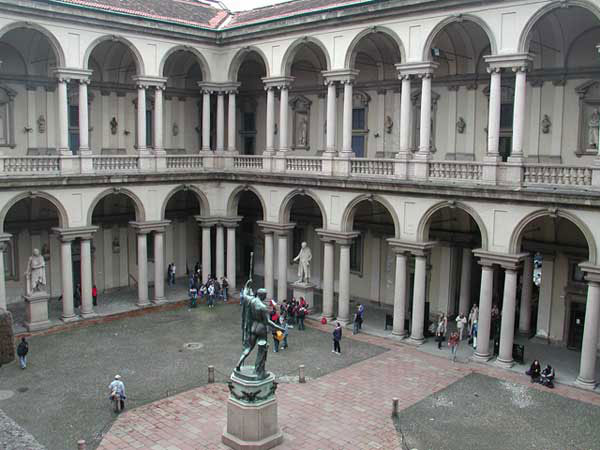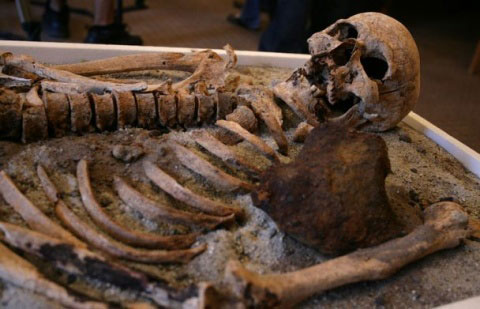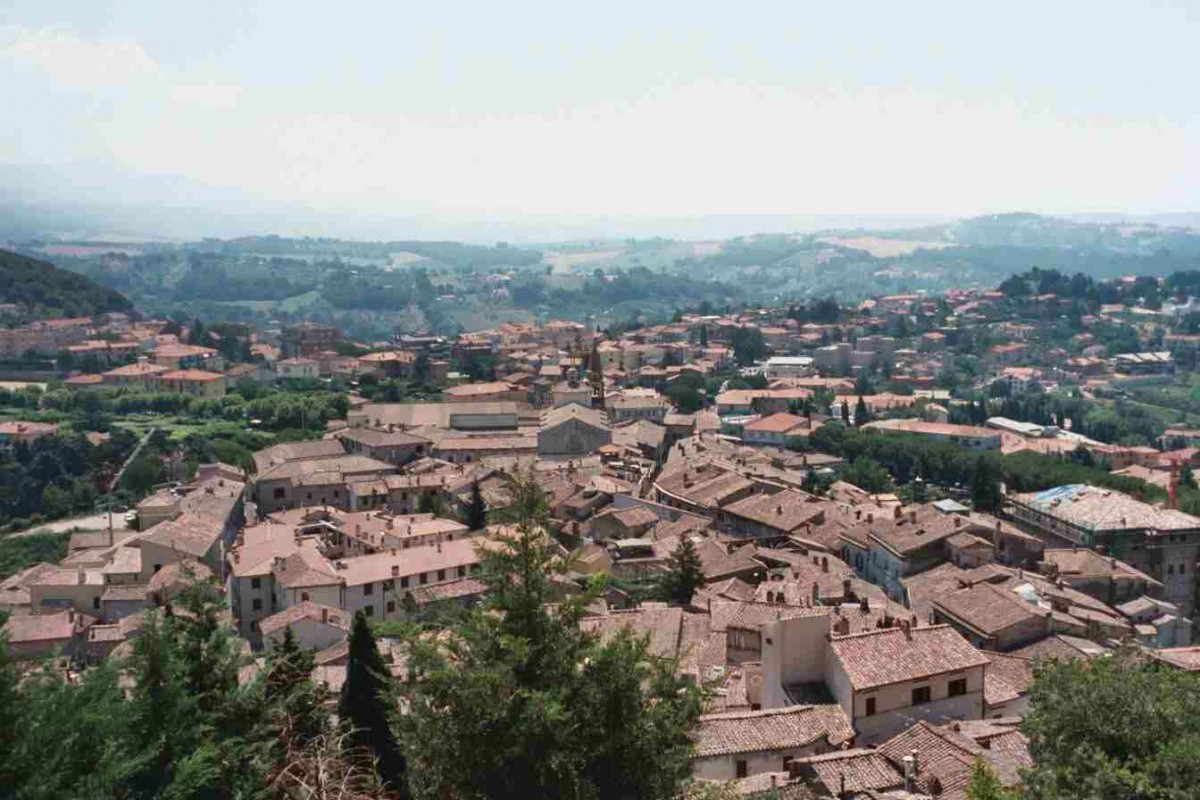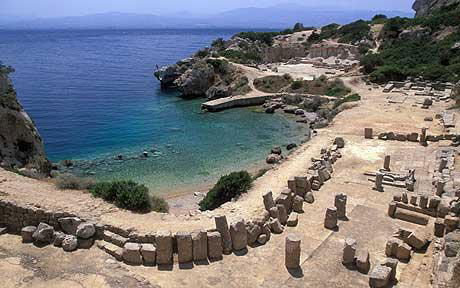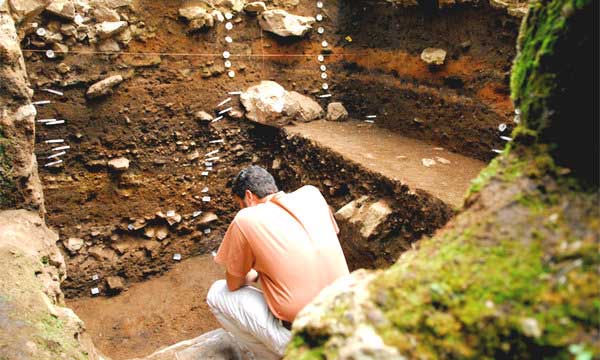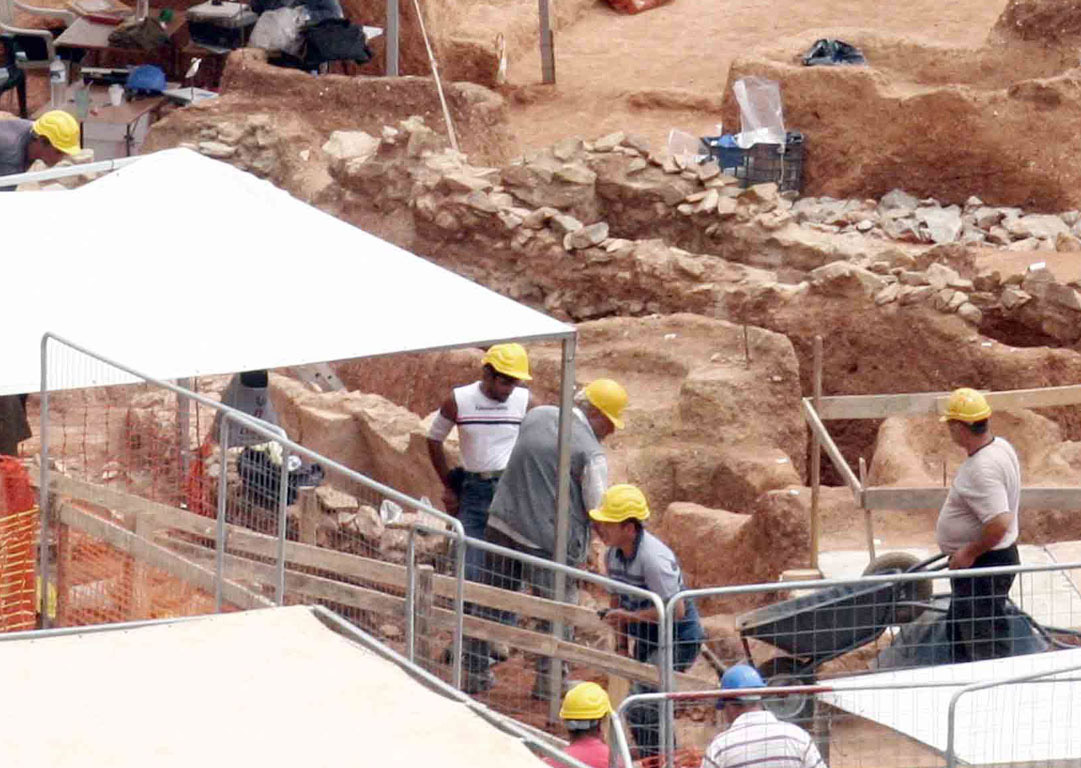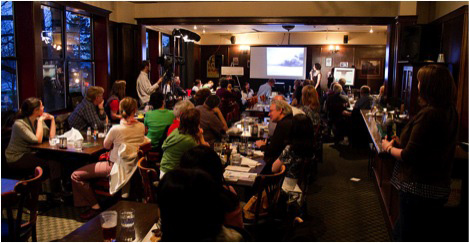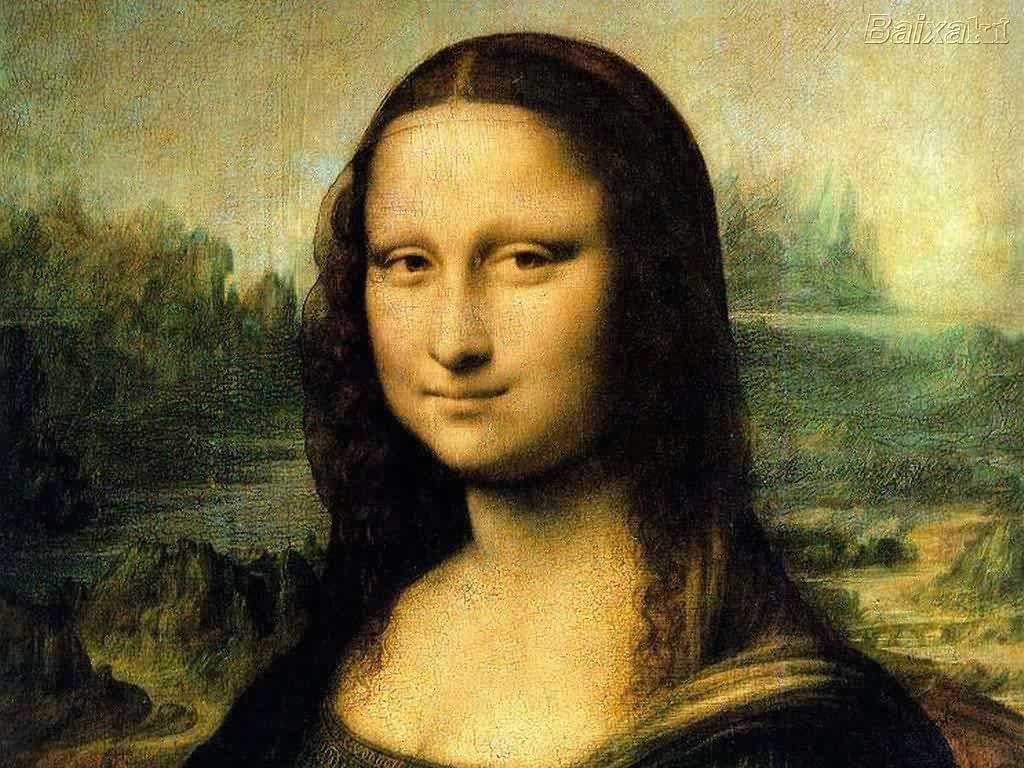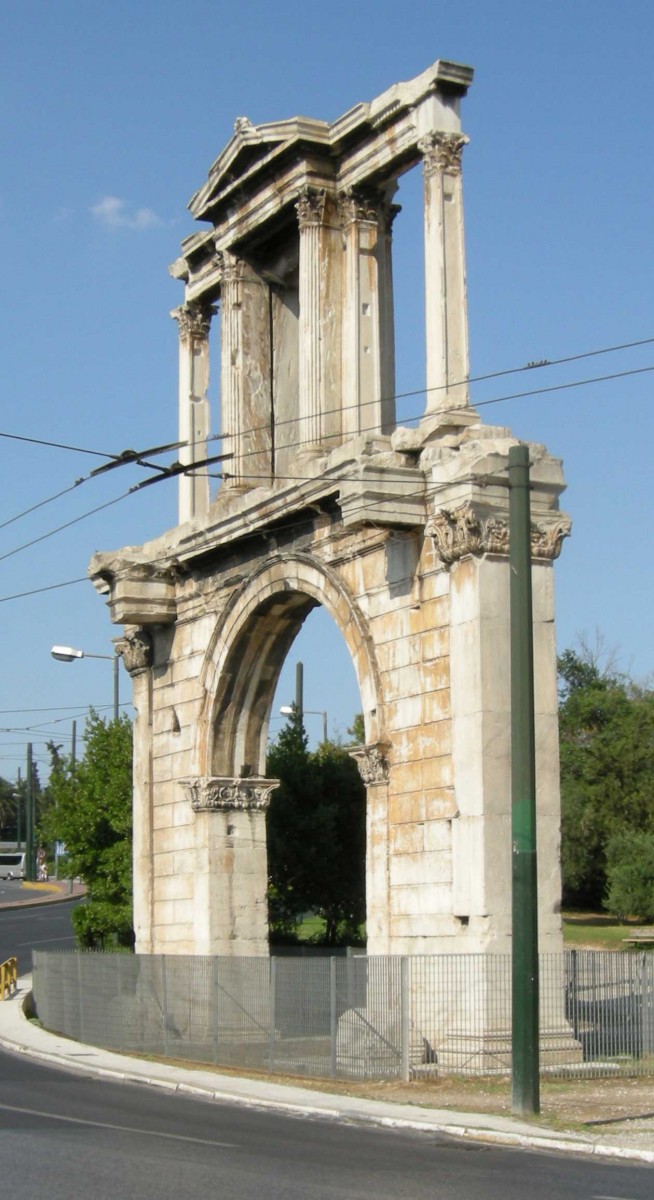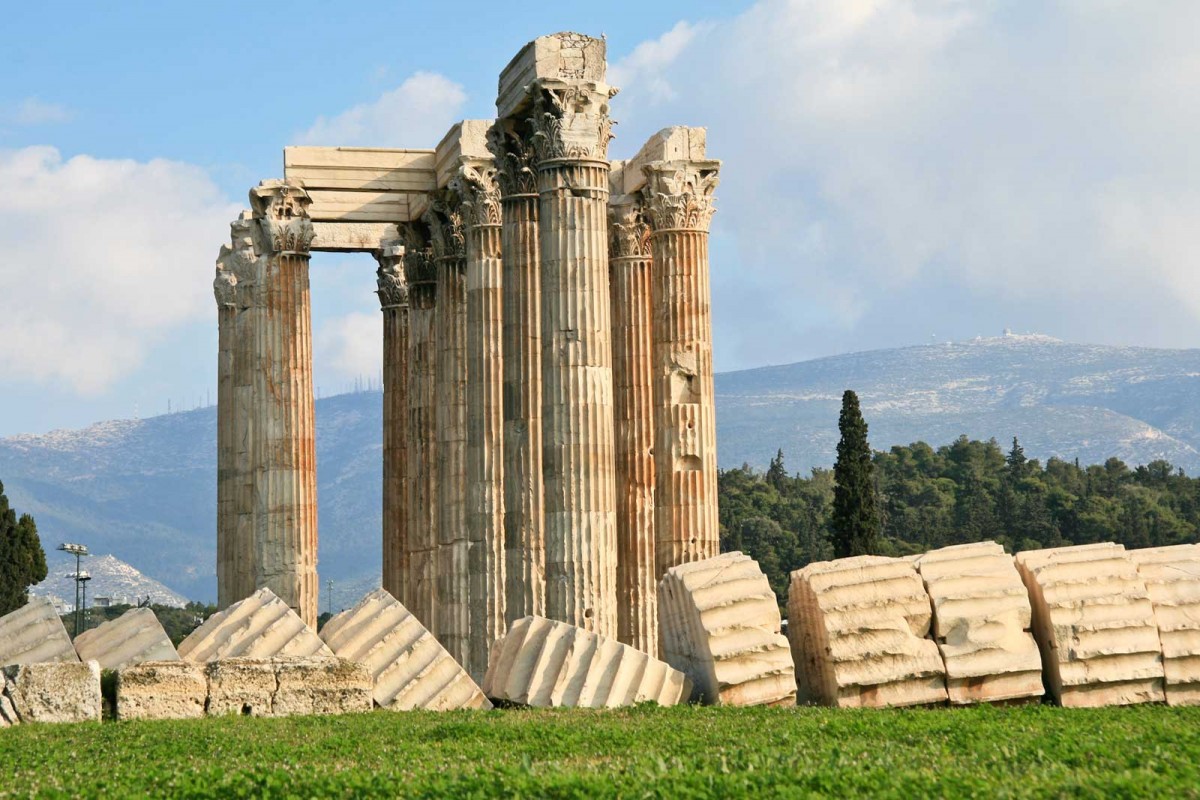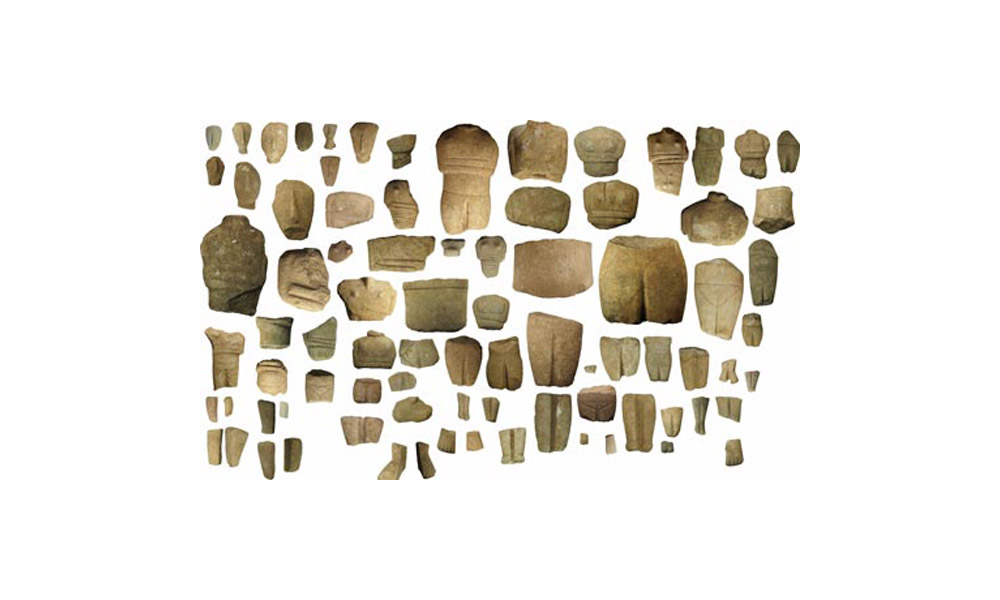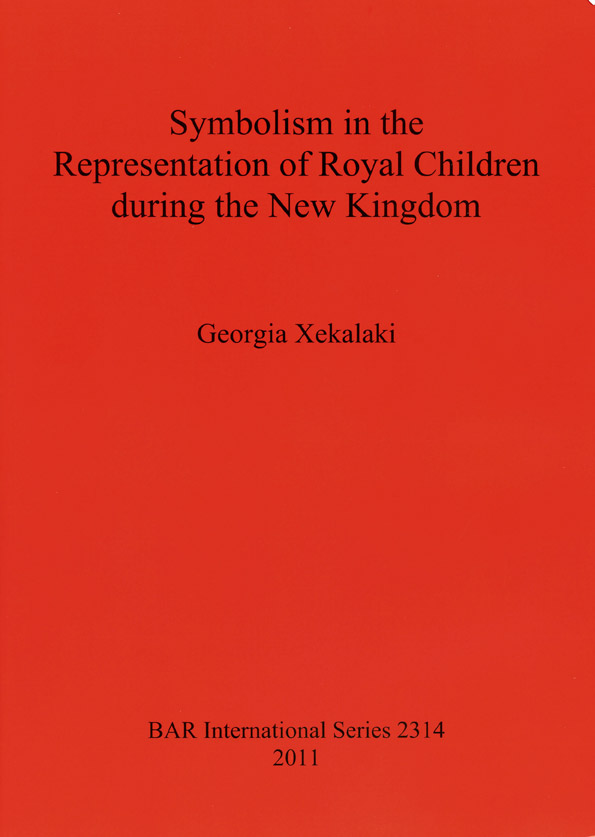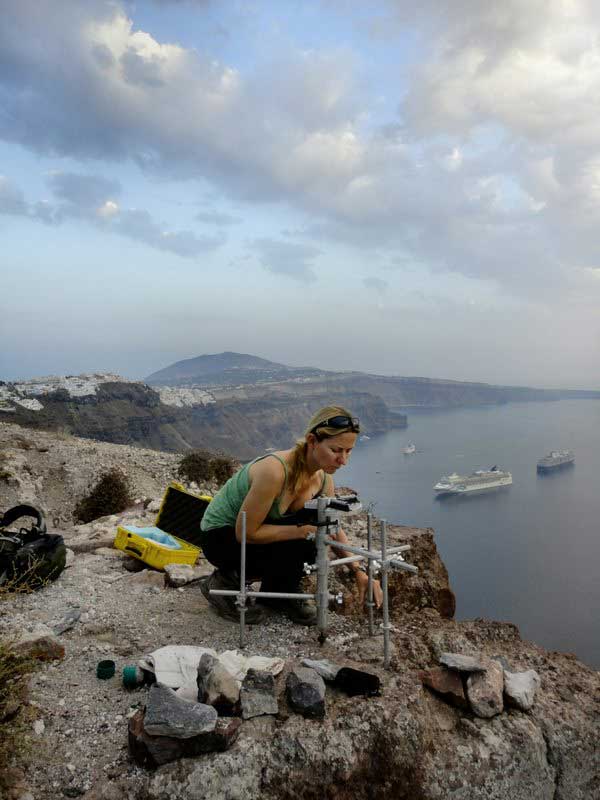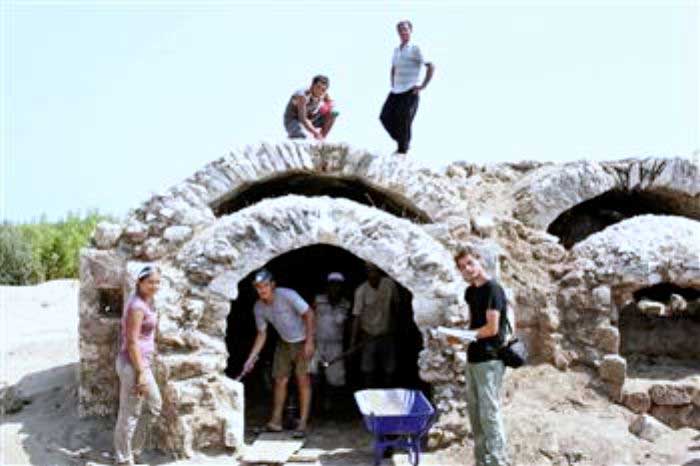New push for return of Marbles
Alternate Culture Minister Costas Tzavaras on Wednesday announced the creation of a special advisory committee that is to coordinate a strategic national effort to secure the return of the Parthenon Marbles, a longstanding demand of the Greek authorities.
First museum exhibition devoted to Man Ray’s portraits
The National Portrait Gallery of London is to stage the first museum exhibition devoted to portraits by the photographer Man Ray.
Beeswax Filling May Be Oldest Hint of Dentistry
Australian scientists have helped date what may be the world's oldest dental filling – in a tooth crowned with beeswax in a 6500-year-old human jaw.
Acropolis Museum receives Keck Award
On Friday 14 September 2012, the Acropolis Museum was awarded by the International Institute for Conservation (IIC) in Vienna, with the Keck Award 2012.
Crews uncover massive Roman mosaic in Turkey
A University of Nebraska-Lincoln archeological team has uncovered a massive Roman mosaic in southern Turkey -- a meticulously crafted, 1,600-square-foot work of decorative handiwork built during the region's imperial zenith.
The Royal Academy’s new autumn exhibition “Bronze”
The Royal Academy’s new autumn exhibition, 'Bronze', is one of its most audacious to date - and for its curators was a lesson in logistics and diplomacy.
Ancient papyrus reveals early Christian belief that Jesus was married
A newly-uncovered ancient papyrus shows that some early Christians believed that Jesus was married, a Harvard professor told the 10th International Congress of Coptic Studies.
Headless Roman Statues Found in Aphrodisias
Two headless Roman statues have been discovered holding up a medieval-era platform in Turkey — an example of antiquities being reused by later generations as humble building material.
Joseph E. Skinner, The Invention of Greek Ethnography
The book adopts a novel approach to the study of ethnographic discourse and its relationship to overarching notions of Greek identity during the Archaic and early Classical periods.
“Misunderstanding”
Despina Koutsoumba, attributes the expression “in risk of falling down” quoted in “USA Today” to a “misunderstanding”.
Museum reform in Milan sparks fears of “privatisation”
Politicians, art historians and museums officials are rowing over the future of the state-run Pinacoteca di Brera, Milan, which holds one of the finest art collections in Italy.
Bulgarian ‘Vampire’ Featured on National Geographic
The National Geographic Channel is airing Sunday evening a film dedicated to archaeology excavations in the Bulgarian Black Sea town of Sozopol, focusing on the "vampire" skeleton.
ARCA Masters Program in International Art Crime
The Association for Research into Crimes Against Art (ARCA) is currently accepting applications for the 2013 Postgraduate Certificate Program in Art Crime and Cultural Heritage Protection.
Ancient ruins on the shore
The last thing you expect after driving through the popular coastal resort of Loutraki, just northwest of the Corinth Canal, is an area where you can achieve spiritual elation among ancient ruins.
Ceramic Fragments Point to Artistry in the Ice Age
European trove: Archaeologists at Vela Spila, an island cave in Croatia, found dozens of ceramic shards that are 15,000 to 17,500 years old.
Excavations in Thessaloniki will go on for years
News about the excavations conducted in the framework of the great transportation project in Thessaloniki.
The science café movement
Science cafés are live—and lively—events that take place in casual settings such as pubs and coffeehouses...
What’s the point of disturbing the Mona Lisa?
Archaeologists excavate underneath a former convent in central Florence, searching for the body of Lisa Gherardini, the woman thought to be the model for Leonardo da Vinci's "Mona Lisa". Some outside researchers have voiced scepticism about the goals of the excavations.
Are the Greek monuments really in danger?
An article published in USA Today last Friday, claiming that Greek monuments face the danger of collapsing, is commented by the Greek press as it contains inaccuracies and false information.
Greek archaeological treasures take a hit
They survived wars, plunderers, earthquakes, millions of tourists and nearly 2,000 years of time. But they may not survive Greece's debt crisis.
The Keros Island Survey is looking for volunteers
Due to a last minute drop-out, the Keros Island Survey is looking for 1-2 volunteers who can come at the last moment to complete our team.
Georgia Xekalaki, Symbolism in the Representation of Royal Children
Discovering the way that symbolism operates in official representations of the pharaohs' sons and daughters through a groundbreaking text and a detailed image catalogue.
Will Ancient Akrotiri Face Another Massive Eruption?
The ancient Minoan city of Akrotiri was destroyed by a massive eruption over 3,000 years ago. Will it happen again soon to the excavated remains and the modern town? Scientists uncover some possible signs.
Roman era bath found in Hellenistic city
An ancient bath from the Roman period has been found during excavations at the Hellenistic city of Elaiussa Sebaste in the southern province of Mersin’s Erdemli town.
